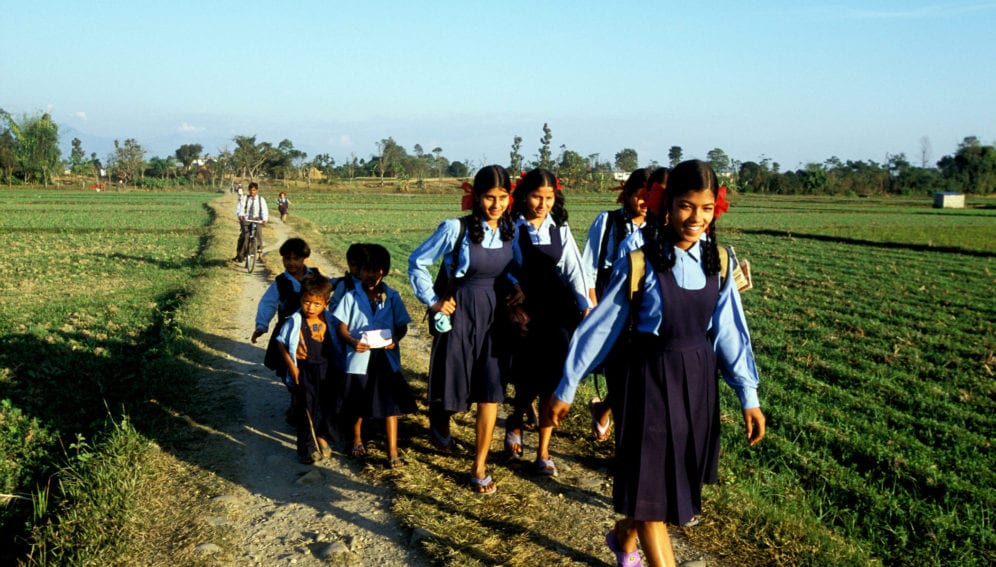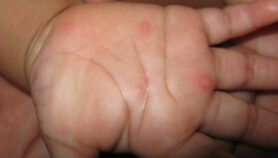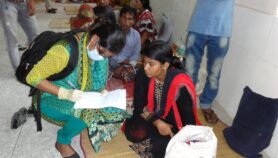By: Justin Petrone
Send to a friend
The details you provide on this page will not be used to send unsolicited email, and will not be sold to a 3rd party. See privacy policy.
[KATHMANDU] Efforts in Nepal to combat parasitic infections in children are apparently paying off, says a newly published study.
Results of the study, published June in Tropical Medicine and International Health, indicate that the prevalence of such infections among school-going children has declined by two-thirds over the past two decades.
“The three-fold decrease in two decades is a significant improvement,” says Surendra Karki, an author of the study and epidemiologist at the University of New South Wales (UNSW), Australia. “We can assume that such a decrease is likely to positively impact the health and development of children.”
Karki and colleagues at UNSW carried out the study in collaboration with researchers at Kathmandu University. They reviewed survey data on prevalence of intestinal parasitic infections in Nepal among school going children from 1996—2015. “Since the country lacks ongoing surveillance data, we tried to use the available data to infer trends,” he said.
The authors identified 31 studies in the available literature, examining more than 12,000 stool specimens, pooled the prevalence data into five-year periods, and conducted meta-regression to understand the degree of prevalence over time.
They found that the prevalence of parasitic infections among school-aged children declined from 61 per cent in the years 1996—2000, to 53 per cent in 2001—2005, to 33 per cent in 2006—2010 and to 20 per cent in 2011—2015.The proportion of helminth infections accounted for 58 per cent of infections in rural areas, whereas protozoa made up 68 per cent of infections in urban children. Poly-parasitism was found in eight per cent of children.
According to the paper, parasitic infections in Nepalese children were relatively common prior to 1990 and responsible for “huge morbidity and considerable mortality.”
The authors credited improvements in sanitation and hygiene for the reduction in the prevalence of parasitic infections during the past two decades, noting that 56 per cent of Nepalese now have toilets in their homes, compared to 22 per cent in 1995.
“I would say that the overall improvement in health and education of people, and specific helminth control programmes in the country such as school-based deworming have led to this reduction,” Karki said.
The authors acknowledge limitations to the study such as the fact that most of the data was collected from the central part of the country, whereas western Nepal, which is less developed, may have higher rates of parasitic infection.
Sunil Pandey, a microbiologist at Pokhara University, Kathmandu, said that the paper addresses an important topic in Nepal where parasitic infections are still “poorly understood,” and where poor hygiene practices continue to play “major roles in the amplified burden of communicable diseases.”
Pandey says that “improved access to clean water and sanitation is necessary, along with health education programmes, to have a durable impact against helminth contamination.”














